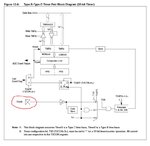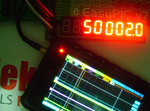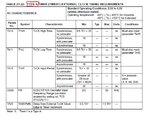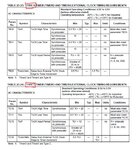pic.programmer
Advanced Member level 3
In this page
https://www.mikroe.com/chapters/view/52/chapter-4-timers/#ch4.4.2
section 4.4.2 it says one has to use T1CK pin. Should I use T1CK or T2CK pin ?
Please explain more about Time base.
I think you gave info related to 32 bit Timer. I need for 32 bit counter.
Edit:
Why in this page
https://www.mikroe.com/chapters/view/52/chapter-4-timers/#ch4.4.2
section 4.4.2
T3CON is not configured ?
If I want the Timer2&3 counter to overflow at 4,29,49,67,296 should I load PR2 and PR3 with 0xFFFFFFFF ?
Is this code correct ?
I think
also works. Right ?
https://www.mikroe.com/chapters/view/52/chapter-4-timers/#ch4.4.2
section 4.4.2 it says one has to use T1CK pin. Should I use T1CK or T2CK pin ?
Please explain more about Time base.
A 32-bit timer module can be formed by combining a Type B and a Type C 16-bit timer module.
The Type C time base becomes the MSWord of the combined timer and the Type B time base is
the LSWord.
When configured for 32-bit operation, the control bits for the Type B time base control the operation
of the 32-bit timer. The control bits in the TxCON register for the Type C time base have no effect.
For interrupt control, the combined 32-bit timer uses the interrupt enable, interrupt flag and
interrupt priority control bits of the Type C time base. The interrupt control and status bits for the
Type B time base are not used during 32-bit timer operation.
The following configuration settings assume Timer3 is a Type C time base and Timer2 is a Type B
time base:
I think you gave info related to 32 bit Timer. I need for 32 bit counter.
Edit:
Why in this page
https://www.mikroe.com/chapters/view/52/chapter-4-timers/#ch4.4.2
section 4.4.2
T3CON is not configured ?
If I want the Timer2&3 counter to overflow at 4,29,49,67,296 should I load PR2 and PR3 with 0xFFFFFFFF ?
Is this code correct ?
Code:
void Timer23Int() org 0x22{ //Address in the interrupt vector table of timer3
IFS0 = 0; // Clear interrupt request
}
void main(){
TRISC = 0xFFFF; //PORTC<13>=1 T2CK is input pin
T3IF_bit = 1;
PR2 = 0xFFFF; //Interrupt peiod is 10 clocks
PR3 = 0xFFFF; //Total PR3/2=0*65536 + 10
T2CON = 0x800A; //Timer2/3 is synchronous counter of external pulses
while(1);
}I think
Code:
T2CON = 0x8002;also works. Right ?
Last edited:



